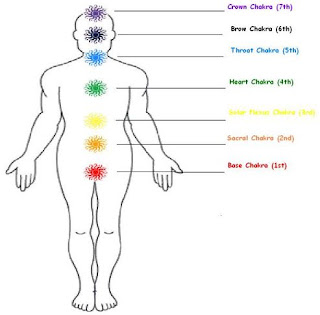You
might think the two topics – sequestration and birth- don’t have anything in
common. Surprise! They do.
If
sequestration hits, and because we’ve succumbed to societal acceptance of the
medicalization of childbirth, of course childbirth will be affected.
According
to a White House announcement earlier this week, approximately 600,000 women
and children would be dropped from the Department of Agriculture’s Special
Supplemental Nutrition Program for Women, Infants, and Children (WIC) from
March through September. At least 1,600
state and local jobs and $600 million could be lost as a result.
In
Ohio alone, 26,000 civilian Department of Defense (DOD) employees would be furloughed
and funding for Army/Air Force operations would be cut by $4.9 million. Virtually
no state is exempt from DOD cuts. In California, 64,000 civilian DOD employees
will be furloughed. Many civilian employees make up the staff for maternity
care in military hospitals.
According
to the Maternity Care Coalition in Pennsylvania, advocacy groups
across Pennsylvania describe $85 billion in federal budget cuts as
potentially having dire consequences for social service programs in
Pennsylvania, including education, housing, and nutrition assistance.
Disparities in maternal health
care will continue. From an article on
the Center American Progress website, between two and three women die
each day from complications of giving birth. Black women in the United States
die in childbirth at three to four times the
rate of other racial and ethnic groups. The infant mortality rate in
the United States is twice as high as that of other wealthy nations, and rates
are highest for low-income women of color, who often lack access to quality
health care. Sequestration cuts $4 million from
the Safe Motherhood Initiative, which helps prevent pregnancy-related deaths; $8 million from the Breast and Cervical Cancer
Screening Program, which provides cancer screenings to low-income women; $24 million from Title X family planning and
reproductive health services; and $50 million from
the Title V Maternal and Child Health Services Block Grant. The cuts to the
Maternal and Child Health Services Block grant alone would mean 5 million fewer low-income families would be provided
with prenatal health care and other services that help eliminate disparities in
infant mortality and maternal health.
Research
and Innovation will be impacted - The National Institutes of Health (NIH) would
be forced to delay or halt vital scientific projects and make hundreds of fewer
research awards. Since each research award supports up to seven research
positions, several thousand personnel could lose their jobs. Many projects
would be difficult to pursue at reduced levels and would need to be cancelled,
putting prior year investments at risk. These cuts would delay progress on the
prevention of debilitating chronic conditions that are costly to society and
delay development of more effective treatments for common and rare diseases affecting
millions of Americans. The National Science Foundation (NSF) would issue nearly
1,000 fewer research grants and awards, impacting an estimated 12,000
scientists and students and curtailing critical scientific research. The FDA’s
Center for Drug Evaluation and Research (CDER) would face delays in translating
new science and technology into regulatory policy and decision-making, resulting
in delays in new drug approvals. The FDA would likely also need to reduce
operational support for meeting review performance goals, such as the recently
negotiated user fee goals on new innovative prescription drugs and medical
devices.
The
Food and Drug Administration (FDA) could conduct 2,100 fewer inspections at domestic
and foreign facilities that manufacture food products while USDA’s Food Safety
and Inspection Service (FSIS) may have to furlough all employees for approximately
two weeks. These reductions could increase the number and severity of safety
incidents, and the public could suffer more foodborne illness, such as the
recent salmonella in peanut butter outbreak and the E. coli illnesses linked to
organic spinach, as well as cost the food and agriculture sector millions of dollars
in lost production volume. Outbreaks of foodborne illness will put families
(including expectant mothers) at risk and costing billions in lost food
production.
According
to the Harvard Law Blog, the Center for Disease Control (CDC) will be cut by
$490 million and hospitals could encounter a loss of almost 500,000 health
care sector jobs in the first year of the sequester according to an American Medical
Association and American Hospital Association study, including job
losses for 40,000 practitioners such as physicians and dentists.












